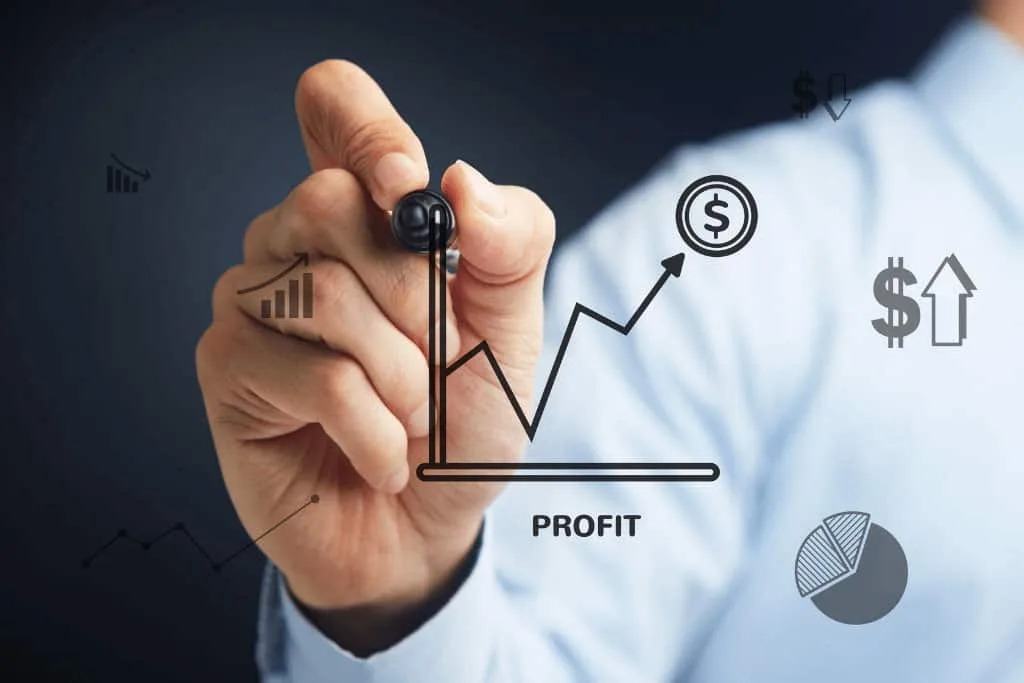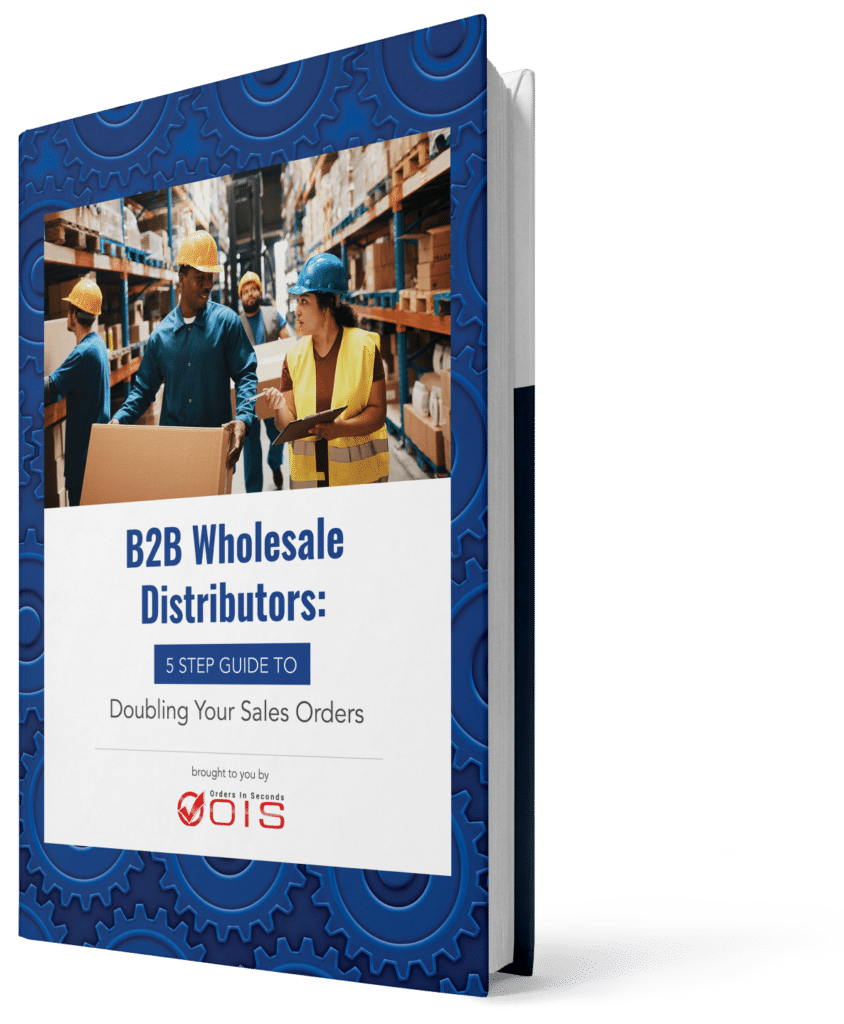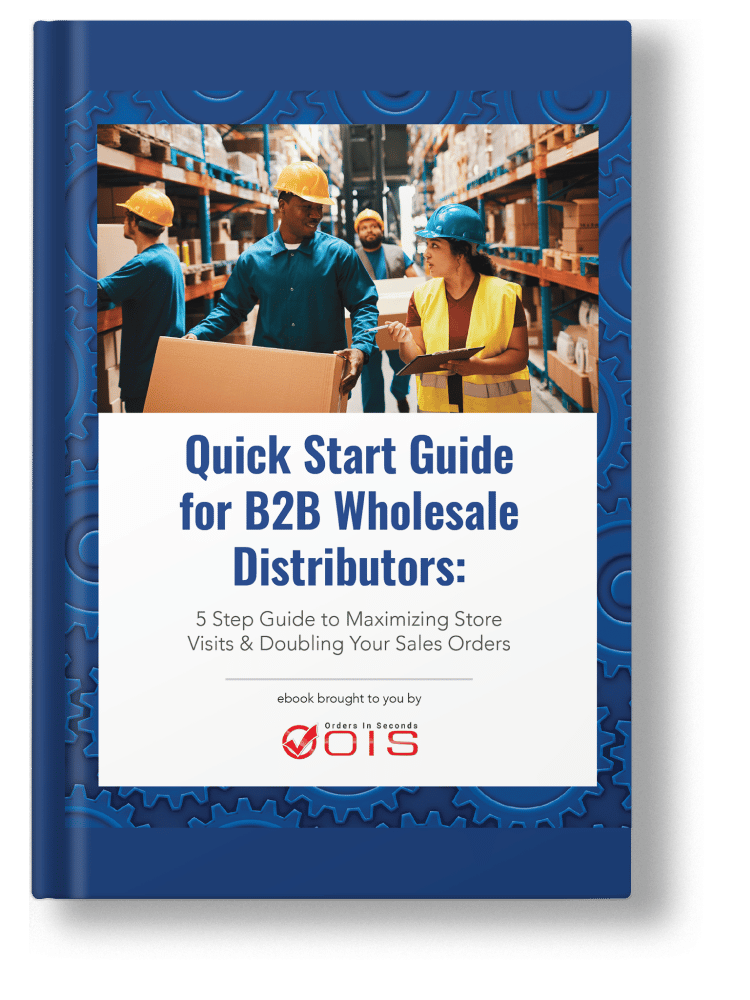Working out the right wholesale price is more than just crunching numbers—it’s strategizing for profit and growth. In this article, forget the fluff and get directly to the nitty-gritty of optimizing wholesale pricing. Whether you’re buying or selling, these insights will guide you through cost analysis, profit margins, market trends, and the dynamics that influence the final figures. Learn practical tactics to ensure your wholesale pricing hits the mark every time.
Key Takeaways
- Wholesale pricing strategy is critical for B2B transactions and hinges upon balancing costs, including labor and materials, with competitive market positioning and desired profit margins.
- Setting the right wholesale prices is a multi-faceted process that considers cost of goods, profit margins, competitive pricing, and market demand, often aiming for a 30% to 50% profit margin.
- Effectively selling wholesale products involves a comprehensive approach including building long-term relationships, leveraging technology for marketing and distribution, and establishing solid partnerships with retailers.
Table of Contents
- Understanding Wholesale Pricing
- Setting the Right Wholesale Prices
- How to Sell Wholesale Products Effectively
- Optimizing Sales Channels for Wholesale Distribution
- Innovative Approaches to Wholesale Pricing
- Navigating the Approval Process and Legalities
- Summary
- Frequently Asked Questions
- Support Your Wholesale Pricing Strategy with Orders in Seconds Solutions
Understanding Wholesale Pricing
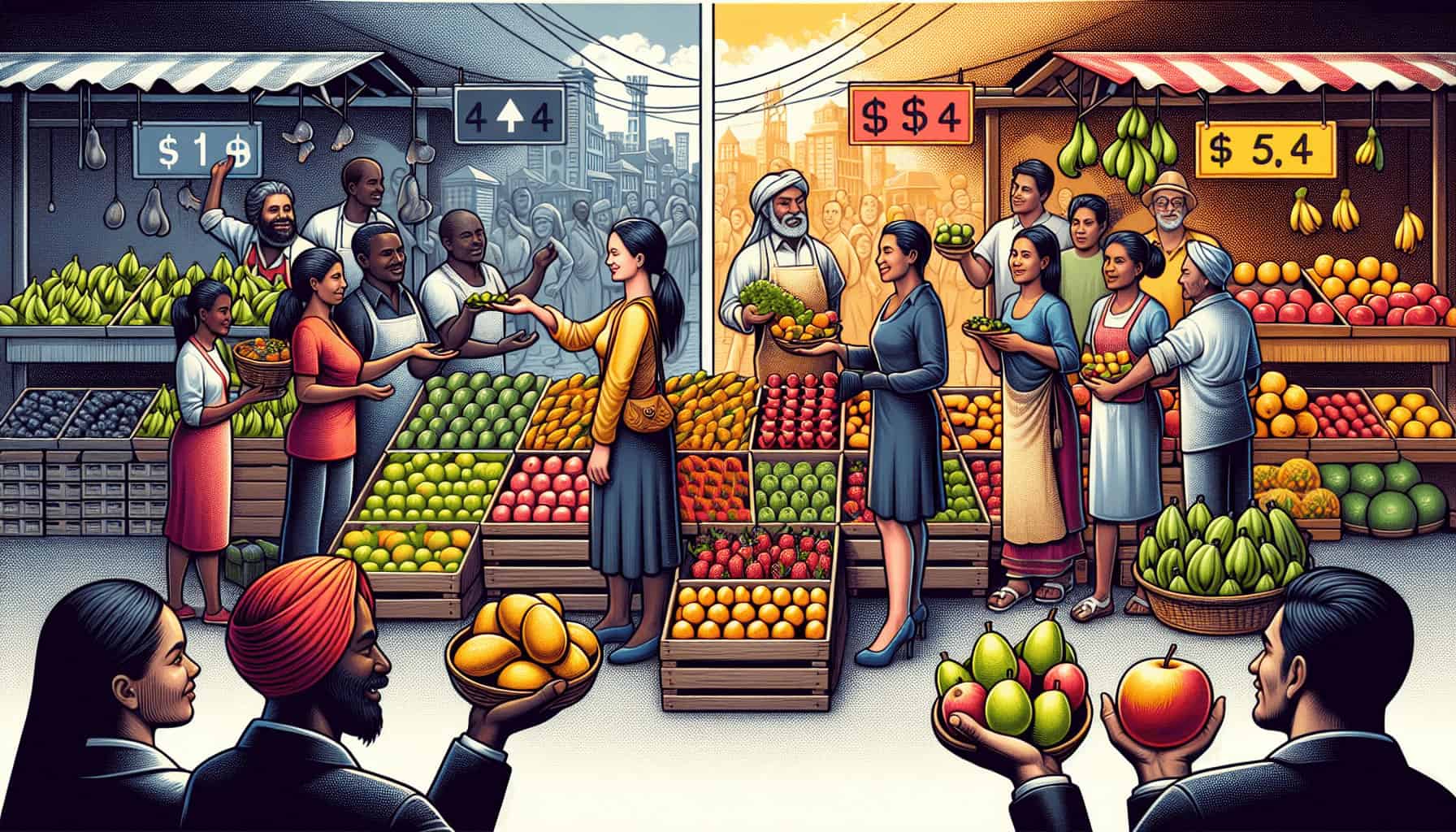
Wholesale pricing is central to B2B transactions, serving as a link between manufacturers or wholesalers and various business customers. It involves selling large quantities of products at a discounted price, enabling customers to achieve their desired profit margins. This pricing strategy is determined by:
- Calculating the cost of labor and materials required to make a product
- Adding an additional profit margin
- Considering the need to streamline workflows and operating costs.
Moreover, understanding the market segment and brand positioning is significant in determining competitive advantage and how the audience perceives pricing.
The Dynamics of Wholesale vs. Retail Price
While both wholesale and retail pricing are integral to the sales process, they serve different markets and have unique dynamics. Wholesale pricing caters to the B2B market, facilitating bulk transactions, and offering lower per-unit costs with bulk discounts. On the contrary, retail pricing targets the B2C market, focusing on individual consumer sales, and typically involving higher prices due to the added markup to cover expenses and profit.
Grasping these dynamics is key to formulating a pricing strategy that harmonizes profitability with market competitiveness.
Crafting Your Wholesale Pricing Strategy
Developing a solid wholesale pricing strategy necessitates:
- A profound knowledge of the target market
- A sharp concentration on sales differentiators
- Defining the target market and aligning it with the product mix of the stores and the needs of retail partners
- Upholding pricing integrity
- Guaranteeing the relevance of products in constantly evolving markets
This strategy is further enhanced by focusing on key sales differentiators, such as reliability, competitive pricing, and exemplary customer service.
Factors Affecting Wholesale Price Decisions
Several factors influence the decisions surrounding wholesale price. These include:
- Dynamic pricing, which adjusts wholesale prices in real-time based on current market demand
- The need to monitor market trends and establish deep relationships with buyers
- The nature of the industry, which could significantly vary the typical markup from cost to wholesale.
Additionally, wholesale discount rates, which typically range from 10% to 50%, also play a role in setting competitive wholesale prices.
Setting the Right Wholesale Prices
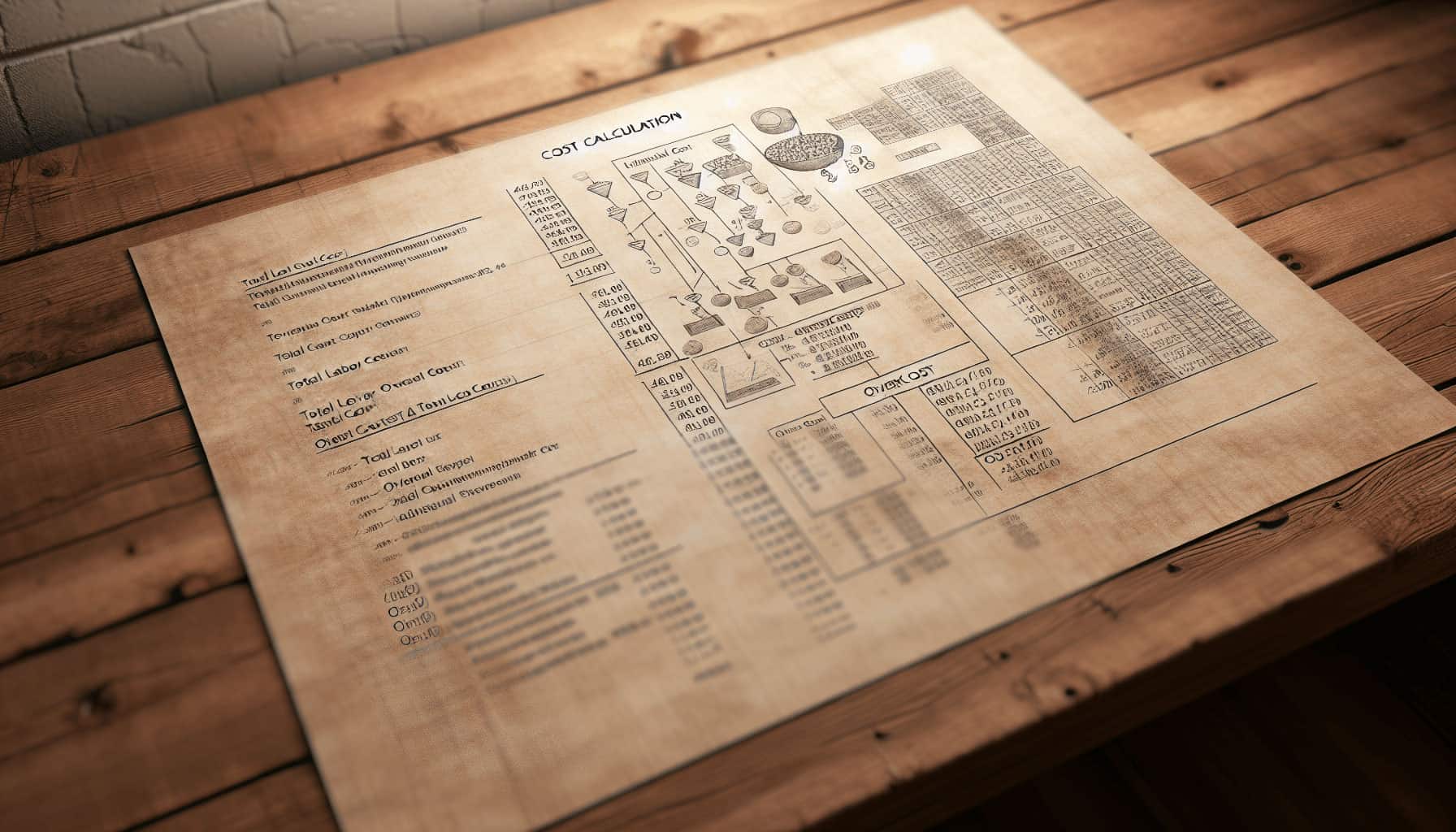
Setting the right wholesale prices involves:
Understanding the cost of goods manufactured (COGM), including materials, labor, and additional costs like shipping and handling.
Determining the appropriate profit margins.
Considering competitive pricing strategies.
The COGM forms the foundation for calculating and determining wholesale prices.
The wholesale price should be set above the COGM to guarantee profit, with most wholesalers aiming for a 30% to 50% profit margin. Furthermore, monitoring sales volume, profit margins, and customer feedback is critical to adjust the wholesale discount as needed.
To give you a hand, you can download our free calculator below. Our free calculator simplifies wholesale product pricing by providing a streamlined process to calculate prices at each level of the distribution channel.
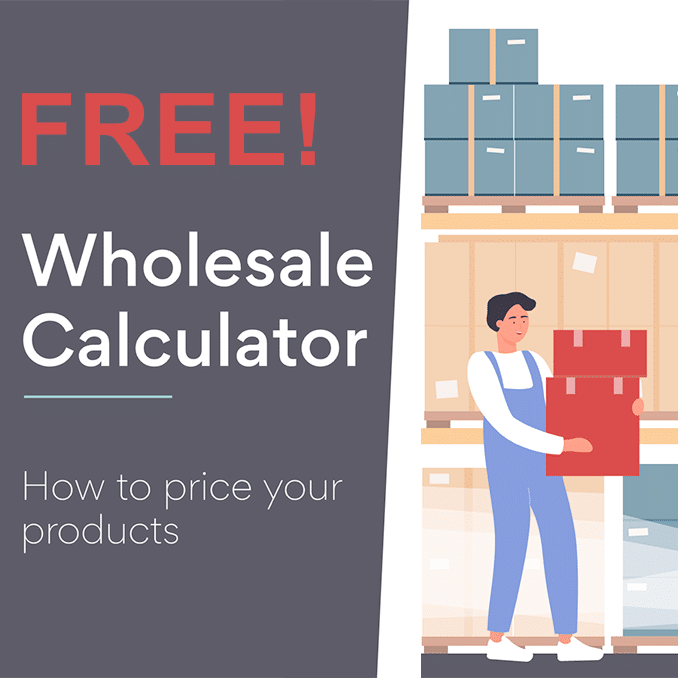
FREE Wholesale Pricing Calculator
Download your free wholesale pricing calculator now to get started.
Calculating Your Costs
When setting the wholesale price, it’s vital to comprehend and calculate your costs accurately. This includes the total material cost, total labor cost, and additional costs like shipping and handling, as well as the desired profit margin.
The foundations of a wholesale pricing strategy include calculating the cost of goods manufactured and setting prices to achieve at least a 50% profit margin while also covering production costs. One comprehensive approach to setting wholesale prices is absorption pricing, where the price includes all costs plus a profit margin, calculated in sequential steps to arrive at the final price.
Profit margins, including the gross profit margin, are a vital indicator of a wholesale pricing strategy’s success. They indicate the profitability of sales and are calculated as the percentage difference between the cost price and wholesale selling price. Apparel retail brands, for example, typically strive for a wholesale profit margin range of 30% to 50%, which is their target retail margin percentage.
A well-defined wholesale pricing strategy must establish prices that support profitability and long-term business sustainability, avoiding the dangers of setting margins too low. An excellent negotiation skill can also help wholesalers secure favorable terms with the right retail clients, ensuring they do not compromise profits.
Pricing Models to Consider
When setting wholesale prices, various pricing models can be considered. Some common pricing models include:
Absorption pricing: All costs, including fixed costs and profit margins, are taken into account when setting the price. This helps to ensure that all costs are covered.
Differentiated pricing: This pricing model varies according to demand, buyer type, and location. It aims to achieve higher profit margins by adjusting prices where competition is low or offering discounts for bulk purchases.
Competitor-based pricing: This model involves setting prices based on the prices of competitors. It can help a business stay competitive in the market.
Dynamic pricing: With dynamic pricing, prices are adjusted in real-time based on factors such as demand, supply, and market conditions. This allows businesses to maximize revenue and respond to changes in the market.
Key-value item pricing: This model involves setting different prices for different items based on their perceived value to customers. It allows businesses to capture more value from high-demand items.
By considering these pricing models, businesses can determine the most appropriate pricing strategy for their wholesale products.
How to Sell Wholesale Products Effectively

Effectively selling wholesale products necessitates a meticulously designed strategy and profound market understanding. Building long-term relationships with wholesale customers can lead to a steady stream of business, as a significant portion of revenue often comes from repeat customers. Furthermore, creating referral programs for satisfied wholesale customers can turn them into advocates for the brand, helping attract new customers and build trust.
Expanding into international markets can also significantly increase the customer base, enhance brand recognition, and drive profit margins.
Effectively marketing your wholesale offerings involves blending targeted promotions, forging relationships, and harnessing technology. Building relationships through product recommendations based on a retailer’s past successes can enhance trust and facilitate repeat business. Cross-promotion with complementary brands can leverage shared customer bases and strengthen marketing efforts.
A presence on wholesale marketplaces enables greater product discovery by potential buyers, enhancing brand outreach. Dedicated direct mail campaigns, separate wholesale websites, and specialized social media profiles are also crucial for targeted wholesale product promotion.
Capitalizing on bulk discounts is a pivotal strategy in wholesale. Wholesale transactions typically involve the sale of large quantities of items at a discount rate, which is in contrast to retail selling where individual items are sold directly to consumers. Offering incentives such as a percentage discount or free shipping for orders above a certain amount can motivate wholesale clients to place larger orders.
Moreover, the establishment of minimum order quantities ensures that wholesale customers take advantage of bulk discounts and make larger purchases, which also streamlines operations.
Engaging retail partners is a skill that necessitates comprehension of their needs, the establishment of solid relationships, and provision of superior customer service. Understanding retailer needs involves researching their pricing strategy, and being aware of their requirements for maintaining their own profit margins.
Building a strong relationship with retailers begins with thorough research to identify potential partners and understanding what they look for in a wholesale business. Providing excellent customer service in wholesale includes responding quickly to inquiries, offering accurate information, and giving retailers flexible payment and shipping options.
Optimizing Sales Channels for Wholesale Distribution

Streamlining sales channels for wholesale distribution is a crucial component of a successful wholesale pricing strategy. Here are some key steps to consider:
Measure sales channel performance to identify which channels yield the best revenue and customer reach.
Integrate with e-commerce platforms to tap into a wider customer base and manage sales and inventory more effectively.
Analyze data and customer feedback to continuously optimize your sales channels and pricing strategy.
By following these steps, you can improve your wholesale distribution and maximize your sales potential.
Direct sales through a company’s own website can help wholesalers collect customer data for personalized marketing and sales campaigns. Furthermore, forming strategic partnerships with other sales channels can increase market penetration and foster growth.
Choosing the Right Distribution Channels
Selection of appropriate distribution channels for wholesale entails assessing the product, analyzing the market, and considering business objectives. Common distribution channels for wholesale products include direct, online, retail, wholesale, or hybrid models. Trade shows serve as a common avenue for wholesalers to display merchandise and connect with buyers and prospective leads.
Hiring sales representatives can aid wholesalers by handling retail sales within designated territories on a commission basis, allowing wholesalers to concentrate on other business areas. Continuous networking through trade associations, seminars, online forums, and a strong social media presence are also critical in the wholesale business for promotion.
Managing Inventory and Fulfillment
In wholesale, inventory and fulfillment management involves sturdy practices such as timely submission of purchase orders, computation of ideal reorder points, and regular inventory checks. Accurate stock forecasting technology and automated reorder point notifications are important inventory management techniques for maintaining smooth supply chain operations and preventing disruptions caused by overstocking and shortages.
Inefficient inventory management can lead to flash sale failures which are often exacerbated by issues such as logistical shortcomings and unexpected website traffic surges.
Learn more about this mistake and more by downloading our ebook “Avoid the Top 5 Mistakes Wholesale Distributors Make” to ensure your business implements strategies and avoids common pitfalls.
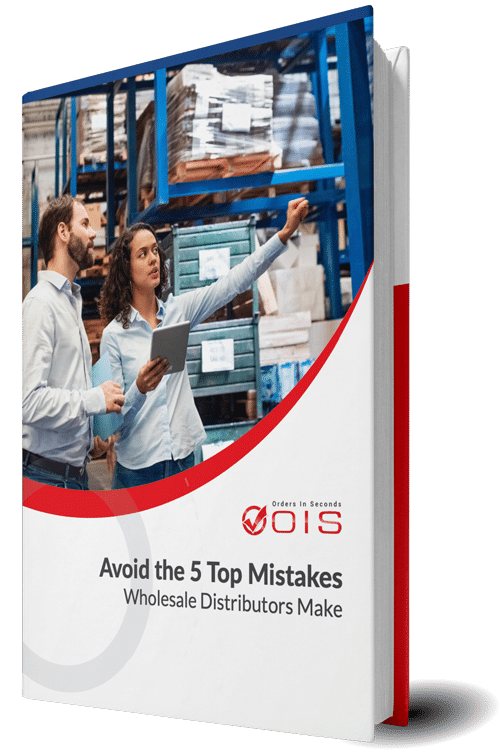
Avoid the Top 5 Mistakes Wholesale Distributors Make
Building a Strong Wholesaler-Retailer Relationship
Establishing a robust wholesaler-retailer bond is essential for the upkeep of a successful wholesale pricing strategy. Using customer management software can centralize customer-specific information and automate the maintenance of customer relationships. Building a long-term relationship with retailers entails maintaining a polite yet firm stance in negotiations, showcasing the value of patience and professionalism.
Regular personal visits and continuous communication are instrumental in fostering trust and ensuring that business objectives between wholesalers and retailers are well-aligned.
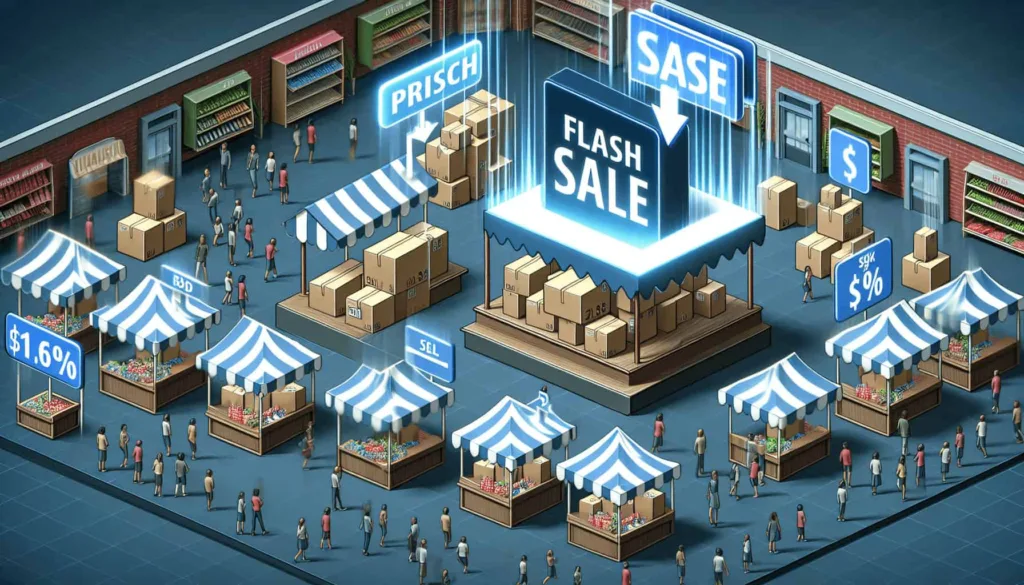
In the constantly changing business environment, inventive strategies for wholesale pricing can assist businesses in staying flexible and responsive to market shifts. Flash sales can be used to quickly move excess inventory and can create urgency among buyers, leading to a spike in sales.
Tiered pricing encourages customers to purchase in larger quantities by offering reduced prices for higher volume purchases, which can increase overall sales and cater to different buyer needs, even if it means paying a higher price for smaller quantities.
Flash Sale Dynamics
Flash sales are time-limited promotions that create urgency among customers and entice impulse buying. They are especially popular during events like Black Friday and Cyber Monday. While they can help businesses clear excess inventory quickly, boost sales and revenue, attract new customers, and build brand awareness, they must be carefully managed to avoid devaluing products, reducing profit margins, and diminishing customer interest.
Dynamic pricing during flash sales allows for prices to be adjusted in real-time in response to demand, helping not only in selling inventory at lower prices but also in responding to competitor actions with agility.
Tiered Pricing Benefits
Tiered pricing provides numerous benefits in wholesale. It offers different prices for varying quantities, which appeals to diverse customer segments and addresses their unique needs and budgets. Companies can easily upsell customers to a higher tier as their needs grow, leading to larger purchases and maximized revenue from each customer.
Tiered pricing strategies may be designed around various factors such as feature availability, usage levels, and user counts, providing flexibility to cater to different customer requirements.
Steering through the approval process and comprehending the legal prerequisites is fundamental to the successful functioning of a wholesaling business. The product regulatory approval process entails testing the product and obtaining certification from a regulatory agency or a self-declaration by the manufacturer. Compliance requirements are subject to wide variations based on the jurisdiction, industry, and the technology used in products.
Failing to adhere to regulatory compliance can lead to significant consequences, including legal shipment prohibitions, product seizure, or other impacts.
The Essentials of Product Approval
Guaranteeing regulatory compliance for products necessitates:
- Meticulous attention to detail
- Persistent tracking of compliance indicators
- Visible marking on each product or stock-keeping unit (SKU) verifying compliance
- Maintenance of a technical file detailing how the product meets safety requirements
- Regulatory compliance testing in the New Product Introduction (NPI) phase
- Retesting or recertification in case of changes in standards, design, or critical components
In cases of non-conformity, the distributor is responsible for reporting the product and taking necessary steps to rectify the compliance issues.
Understanding Legal Requirements
Comprehending the legal prerequisites in wholesaling can avert potential issues and penalties. The legal framework for wholesaling is subject to change and varies by state, necessitating wholesalers to stay current with the laws in the states they operate in. Wholesalers must understand the legal distinction between their role and that of real estate agents, adhere to state-specific limitations on the number of deals, and recognize the legality of co-wholesaling and reverse wholesaling within the established legal framework.
Furthermore, wholesaling contracts should contain protective clauses that indemnify the wholesaler from subsequent liability after assigning the contract, and ensure transparency to avoid legal issues.
In conclusion, mastering wholesale pricing strategy is a multifaceted process that involves understanding the dynamics of wholesale versus retail pricing, crafting a robust pricing strategy, setting the right prices, effectively selling wholesale products, optimizing sales channels for distribution, implementing innovative pricing approaches, and navigating the approval process and legalities. By understanding and applying these strategies, businesses can maximize their profit margins, maintain competitiveness in the market, and foster long-term growth. So go ahead, leverage the power of wholesale pricing, and watch your business reach new heights.
Frequently Asked Questions
On average, the price increase from wholesale to retail is 30-50%, or at least 1.66 times the wholesale cost, covering expenses and generating profit. This markup helps attract customers.
Wholesale involves selling products in bulk to businesses at lower prices, while retail involves selling products directly to consumers at retail prices. This means that wholesalers sell to businesses and retailers sell to end-users.
What is wholesale list price?
A wholesale list price is a standard tool used by wholesale companies to communicate prices to their customers and by customers to compare prices when placing orders.
A distributor is a company or individual that supplies goods to stores or businesses, acting as an intermediary between the producer and the retailer. They buy goods from suppliers and resell them within their own territory.
Wholesale pricing is a strategy used to sell products in bulk at discounted rates to retailers, with the pricing determined by calculating labor and material costs, incorporating a profit margin, and optimizing operating expenses.
Support Your Wholesale Pricing Strategy with Orders in Seconds Solutions
Managing pricing effectively is paramount for any business, but even more so for wholesale distributors as they navigate the complexities of bulk transactions and market demands.
For a boost in your pricing strategy, Orders in Seconds is here to help. Our OIS Pro App streamlines promotions offers, custom pricing, and provides real-time insights, empowering you to make data-driven decisions in the field. Elevate your pricing approach with OIS and unlock new levels of profitability.
Book a free demo to learn more and get started!

